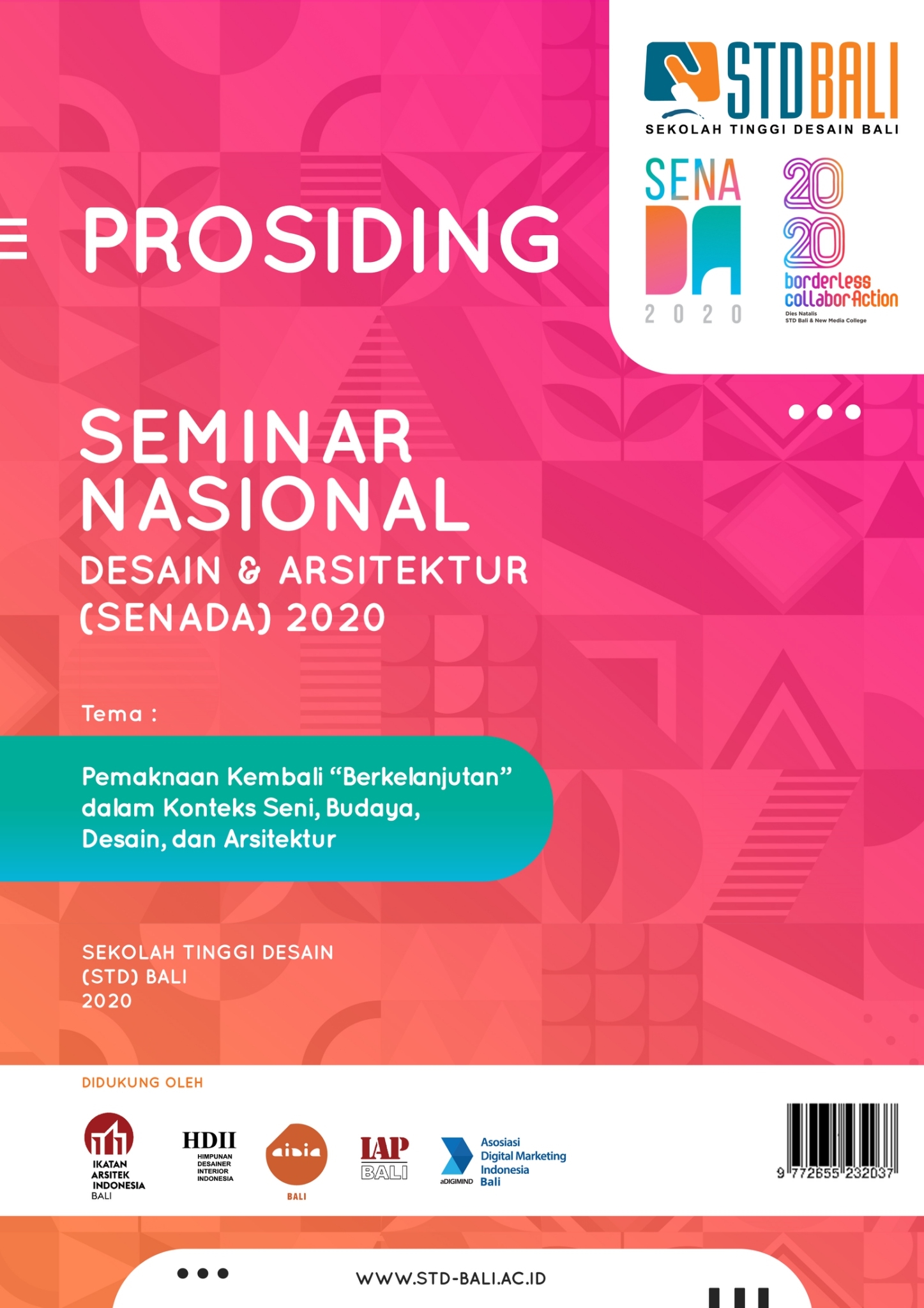LANGKAH CINTA PENUH DERITA ETNIS TIONGHOA DI INDONESIA
Keywords:
History, Chinese, Indonesia, Culture, EthnicityAbstract
Indonesia is known for its diversity of traditions, culture and ethnicity that is spread across various islands in the archipelago. In forming the character of Indonesian society to be what it is today, it cannot be denied by the role of several ancestors who came from various directions and settled in Indonesia. One of them is the ethnic Chinese (Tionghoa) who helped develop the way of culture to social life which is still adapted until this day. Also with the various dark stories that accompany, the journey of ethnic Chinese (Tionghoa) often becomes a scourge for themselves when faced with the momentum that corners their lives in the name of ethnicity in the archipelago.
Downloads
References
Coppel, C.A, 1976, ‘Patterns of Chinese Political Activity in Indonesia’, dalam J.A.C.Mackie (peny.) The Chinese in Indonesia: Five Esays’, Melbourne: Nelson-The Australian Institute of International Affairs.
Coppel, C.A, 1973, ‘Mapping the Peranakan Chinese in Indonesia’, Papers on Far Eastern History.
Dharmowijono, W. W, 2009, ‘Mengenai Kuli, Klontong, dan Kapitan: Citra Orang Tionghoa dalam Sastra Indonesia-Belanda 1880–1950 (Dokter Humanitas thesis)’, Amsterdam: Universiteit van Amsterdaam.
Dwipayana, G. dan R. K. Hadimadja, 1989, ‘Soeharto, Pikiran, Ucapan dan Tindakan Saya’, Jakarta: Citra Lamtoro Gung Persada.
Giok Tjhan, S, 1963, ‘Baperki dalam Sejarah Indonesia’, Jakarta: Hasta Mitra.
Glazer, N. and D.P. Moynihan, 1963, ‘Beyond the Melting Pot’, Cambridge: MIT Press.
Jahja, J, 1991, ’Nonpri di Mata Pribumi’, Jakarta: Yayasan Tunas Bangsa.
Legge, James, 1886, ’A Record of Buddhistic Kingdoms: Being an account by the Chinese Monk Fa-Hien of his travels in India and Ceylon (A.D. 399-414) in search of the Buddhist Books of Discipline’, Oxford, Clarendon Press. Reprint: New York, Paragon Book Reprint Corp.
Marshall, T.H, 1950, ‘Citizenship and Social Class and Other Essays’, Cambridge: Cambridge University Press.
Noorjanah, Andjarwati, 2004, ‘Komunitas Tionghoa di Surabaya (1910-1946)’, Semarang: Mesiass.
Purdey, Jemma, 2006, ‘Anti-Chinese violence in Indonesia, 1996-1999’, Honolulu: University of Hawai'i Press.
Siegel, James T, 1996, ‘Solo in the New Order: Language and Hierarchy in an Indonesian City’, Princeton, NJ: Princeton University Press.
Somers, M.F, 1965,’Peranakan Chinese Politics in Indonesia’, New York: Cornell University.
Sukarno, 1961, ‘The Birth of Pancasila’ dalam Sukarno Toward Freedom and the Dignity of Man: Acollection of Five Speeches by President Sukarno of the Republic of Indonesia’, Jakarta: Departemen Luar Negeri.
Suryadinata, L, 1981, ‘Peranakan Chinese Politics in Java: 1917–1942’, Singapura: Singapore University Press.
Takwin, Bagus, 2003, ’Akar - akar Ideologi’, Yogyakarta: Jalasutra.
Thomas, Linda dan Shan Wareing, 2007, ‘Bahasa, Masyarakat, dan Kekuasaan’, Yogyakarta: Pustaka Pelajar.
Vasanty, Puspa, 2004, ‘In Prof. Dr. Koentjaraningrat. "Kebudayaan Orang Tionghoa Di Indonesia", Manusia Dan Kebudayaan Di Indonesia’, Penerbit Djambatan.
Wahid, A, 1998, ‘Prolog: PKB Didirikan oleh PBNU, dalam H.M. Munib (peny.) Pro-Kontra Partai Kebangkitan Bangsa’, Jakarta: Fatma Press.






